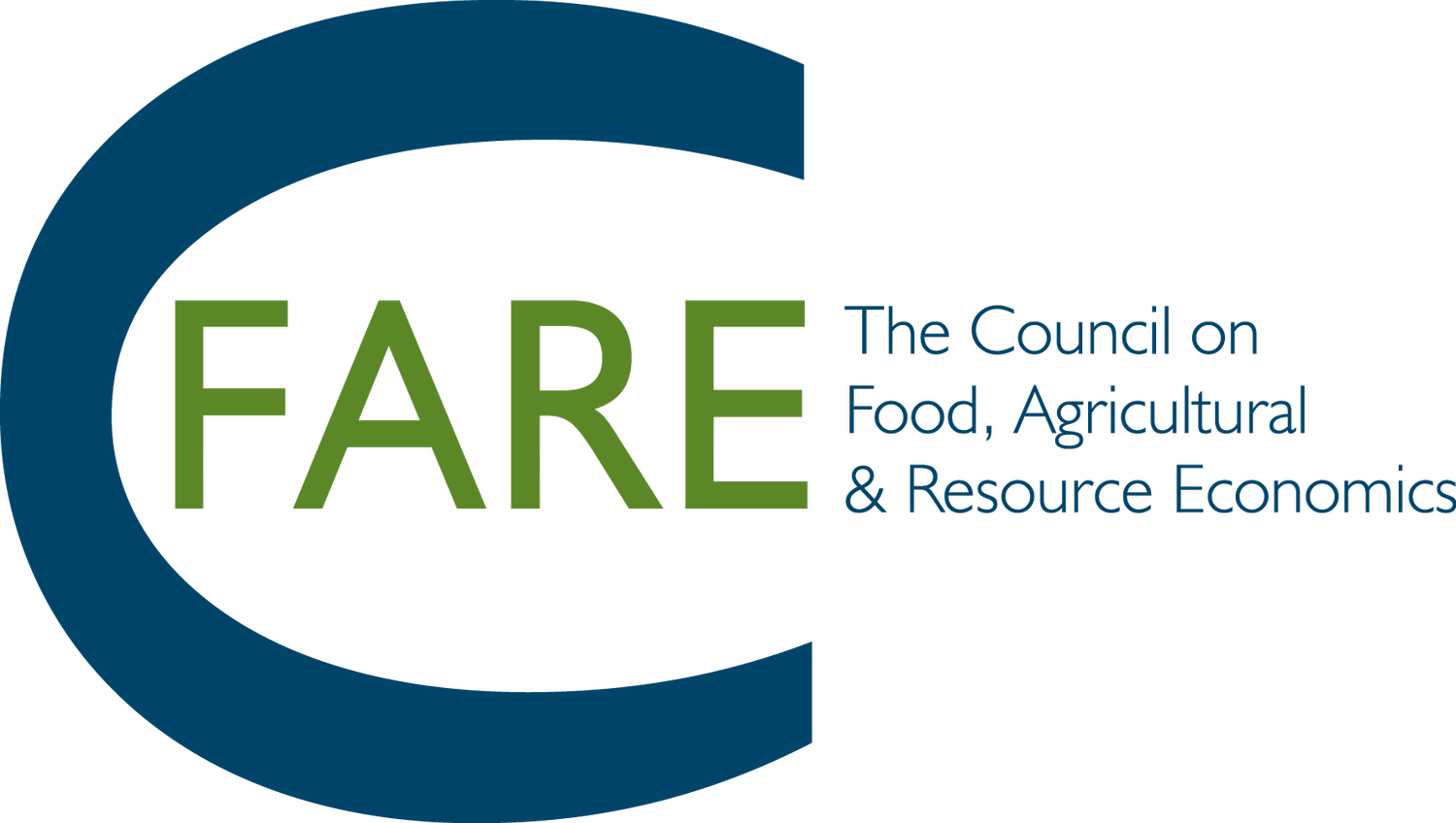The Use of the Food Price Outlook in Tracking and Forecasting Food Prices
Market Corner by Lauren Chenarides, C-FARE Board Member and Professor at Colorado State University
Increases in food price inflation and price volatility in recent years have renewed focus on the determinants and impacts of food price changes and the importance of reliable food price forecasts. According to the Bureau of Labor Statistics, we saw the largest annual percentage increase in food prices from August 2021 to August 2022 since the 1980s (GAO 2023). Lower-income households spend a greater portion of their budgets on food and face a more significant burden in the face of rising food prices. Many factors contribute to rising food prices, so tracking what can affect food prices is an important responsibility federal agencies undertake to ensure consumer well-being. Tracking and forecasting food price inflation – or the rate of increase in prices over a given period – has the potential to inform budgetary expectations and support policymaking, and measures of uncertainty can aid contingency planning.
One popular resource that tracks and forecasts food price changes is the Food Price Outlook (FPO), ranking second in web traffic among data products produced by the USDA Economic Research Service (ERS). Historically, the USDA has relied on food price forecasts from the ERS and its predecessor agency since World War II. The FPO provides timely price data and forecasts to policymakers throughout government, industry groups, research organizations, and the public. FPO work has recently been cited in government reports from the Congressional Research Service and the Government Accountability Office, as well as by policy organizations such as the Center for Budget and Policy Priorities and the Federal Reserve Bank of St. Louis. The FPO team also provides specialized monthly forecasts to the Food and Nutrition Service (FNS) to help inform budgetary expectations for the Special Supplemental Nutrition Program for Women, Infants, and Children (WIC).
The USDA ERS periodically updates and improves the FPO forecasting methods. Even after recent refinements, the current FPO approach to forecasting food prices could be further improved by incorporating market conditions such as energy costs, wages, labor availability, transportation congestion, and market concentration, which have recently been cited as drivers of record-breaking inflation rates. Macroeconomic conditions that potentially affect retail demand, including the money supply, exchange rates, and core inflation, have only been examined in a pre-pandemic context, and it is unclear whether these same mechanisms can explain current inflationary trends. Better insights into food markets, understanding available data resources, and considering cutting-edge methodologies could all contribute to more accurate FPO forecasts and more informative FPO products.
C-FARE hosted a webinar in December 2022 entitled “The Complicated Nature of Today’s Inflation” that focused on the complexities of the inflationary period. The webinar featured three expert economists Matthew MacLachlan, Michael Adjemian, and David Ortega who presented an overview of their work on inflation as it relates to agriculture, food, and natural resources. Over a year later, many of these insights still apply.
Watch the webinar here.
